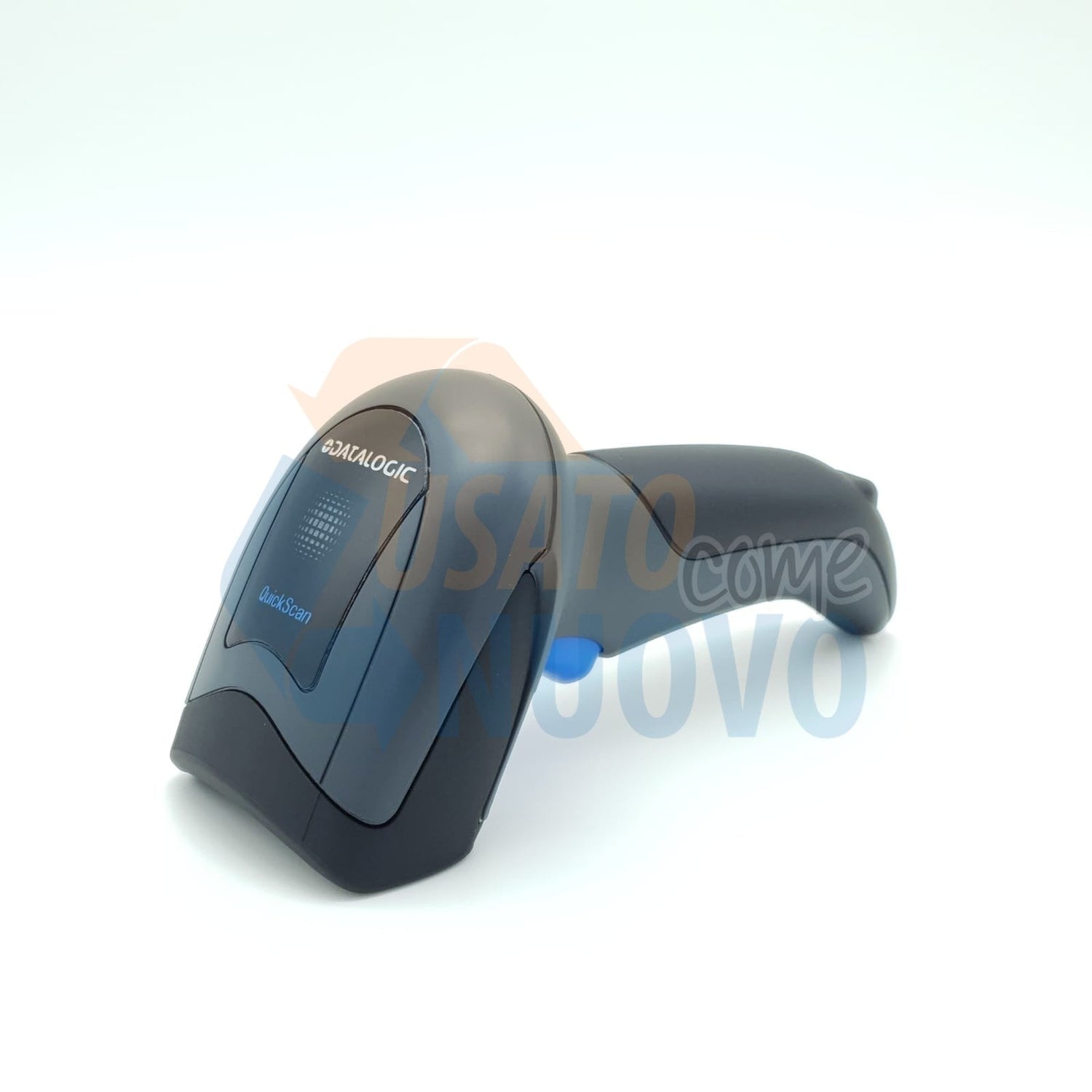
Repairability Index Guide: How to Evaluate a Product's Repairability
Share
According to the latest reports, about 77% of European citizens would prefer to repair their technological products instead of replacing them by buying new ones. And 79% of citizens believe that manufacturers of technological devices should have a legal obligation to make both the repair and replacement of internal components easy. Far from a declaration of non-repairability: people prefer to use products as much as possible and demand repairs when they are broken.
This has led the European Parliament to decide on the creation of a system for evaluating the repairability of products . Through a vote held less than two months ago with 395 votes in favor, 207 abstentions and 94 votes against, the European Parliament approved this type of system which is nothing more than an extension at European level of the law to combat planned obsolescence and support the repairability of products introduced in France at the beginning of 2020.
The French regulation requires the application of a label on the packaging of technological products on which the degree of repairability of the product must be present. And in fact the European Commission has committed to developing and introducing mandatory labeling to provide clear, immediately visible and easy-to-understand information to consumers, on the estimated life and repairability of a product already at the time of purchase.
But when will this system come into force and how exactly does it work? Unfortunately, the system has not yet been finalized and it is not known when exactly this will happen because it is still under construction, but there are already ideas regarding how repairability will be evaluated. So let's try to understand together how the repairability index will work and how it will be possible to evaluate the repairability of a product.
What is the Repairability Index: Here's What It Means
The repairability rating system should consist of placing a label on the product packaging on which a repairability index will be printed. This index should be a simple value from 1 to 10 that indicates at a glance whether it is possible and how easy it is to repair the product in question.
This would therefore be an approach similar to the one followed by iFixit , which constantly tests new smartphones and other technological products on the market to evaluate their repairability, providing detailed reports and drawing up rankings that every year highlight the manufacturers who have done the best job. It is no coincidence that iFixit was also called to work with the European Parliament precisely to establish this score that attests to the degree of repairability of products.
For more information on consumer rights, please refer to the article on warranty and repair rights in Italy .
The Repairability Rating System: How iFixit Rates
Given that the repairability rating system may follow the rules established by iFixit, there's no better way to begin understanding how it will be established than to find out how iFixit itself rates the repairability of products. iFixit usually takes devices apart piece by piece and assigns scores based on the difficulty encountered in disassembling them and replacing their components.
To better illustrate the point, we’ll take smartphones as an example and list iFixit’s verdicts on each repairability score (from 1 to 10) that it chose to assign to the various products.
- 1: an index of 0, red, indicates a product that once faulty is no longer repairable. An index of 1 is assigned when a smartphone has components that are too important or a high number of components soldered to the motherboard, or when removing the battery or the display requires a total disassembly of the device.
- 2 : iFixit awarded 2 points to a device with glued-down glass panels that were too difficult to remove for repairs, a battery that was difficult to replace due to poorly routed cables and the lack of stretch adhesive, and components that were prone to wear and tear over time.
- 3 : The great difficulty in replacing the battery glued together with the motherboard connection cables that wrapped around it, combined with a very fragile rear glass cover that had to be removed for each repair, led iFixit to assign a smartphone a score of 3 (orange).
- 4 : Highly breakable glass panels and two layers of adhesive, plus some fiddly disassembly, to access the display.
- 5 : A rating of 5 was given to a model whose display replacement required a lot of work and whose glass was prone to breakage during disassembly.
- 6 : The iPhone Xs received a repairability score of 6 points, a device whose back glass, once broken, required the removal of all components and replacement of the entire chassis for a complete repair.
- 7 : The 7 is the first grade that is no longer orange but green, and was obtained by a model that had a fused display and glass, as well as a fingerprint reader integrated into the screen that made it more difficult to replace.
- 8 : The rating 8 concerned a device whose only significant problem was the requirement to replace the entire display assembly in the event of a broken LCD panel.
- 9 : A rating that indicates very low repair difficulty, with many components designed specifically to be easily replaced.
- 10 : an index of 10, colored green, indicates a product that is very easy to repair, with a low cost for replacing components.
Between 0 and 10 there are all the values that indicate the ease or difficulty of disassembly. The amount of glue used for assembly, standard screws or special screws that make it mandatory to use specialized tools for disassembly, the availability of spare parts and their cost compared to the purchase price of the product contribute to the rating.
Factors that influence the rating include the availability of repair instructions for common faults and the duration of manufacturer software updates.
On which products will the repairability index be present?
It seems that for the initial phase the repairability index will be available only for smartphones, computers, televisions, washing machines and lawnmowers. Later it should be extended to other product categories such as household appliances and commercial equipment, while from 1 January 2024 it should become a broader sustainability index that will also indicate other characteristics, including reliability, longevity and solidity of the product.
Repair your products with Usatocomenuovo
If you have commercial equipment that you need to assess for repairability or that needs repair, you can contact Usatocomenuovo. We deal with repairs, reconditioning and sales of equipment for commercial activities and large-scale distribution. For more information, visit our Store or contact us through theContact form .

